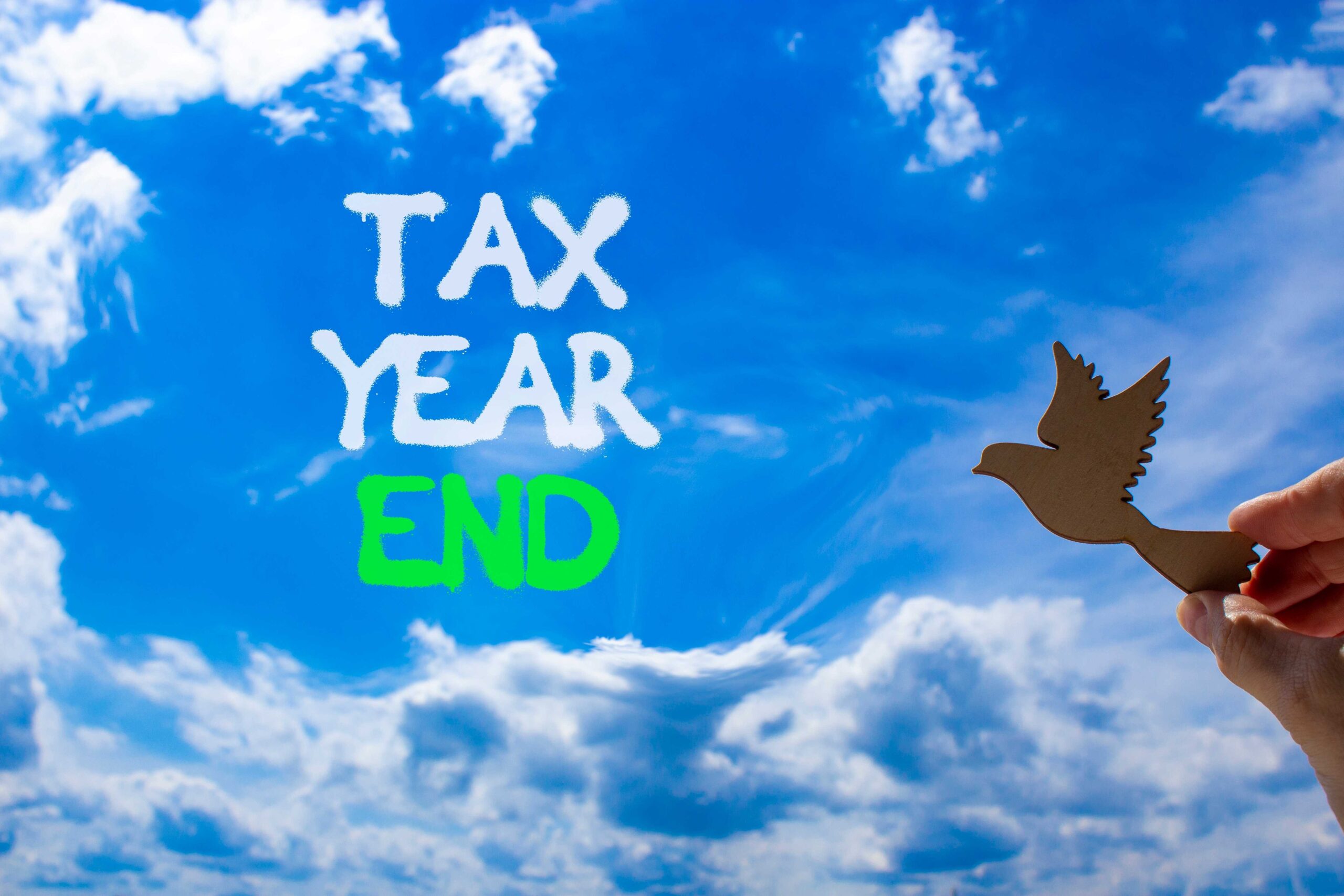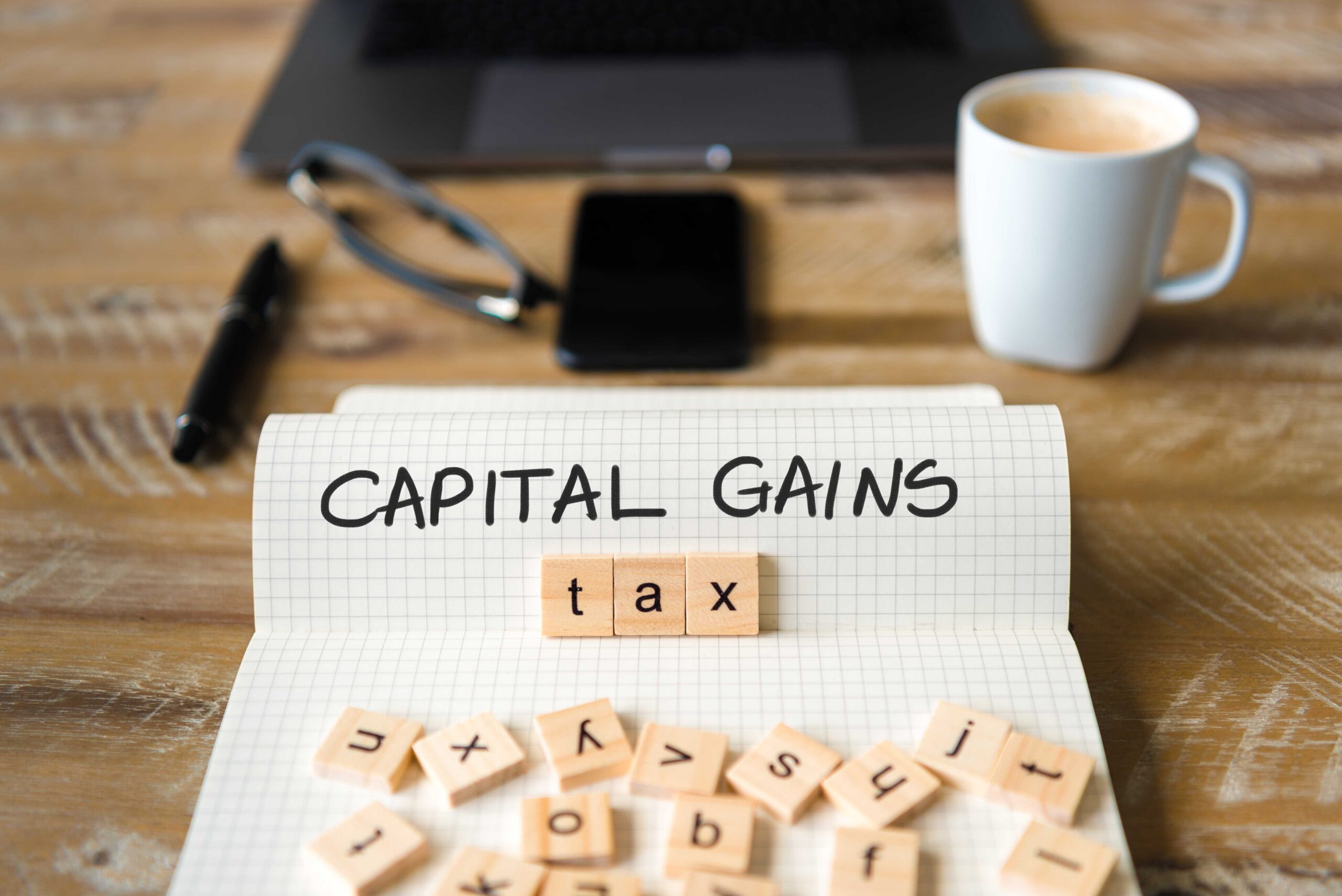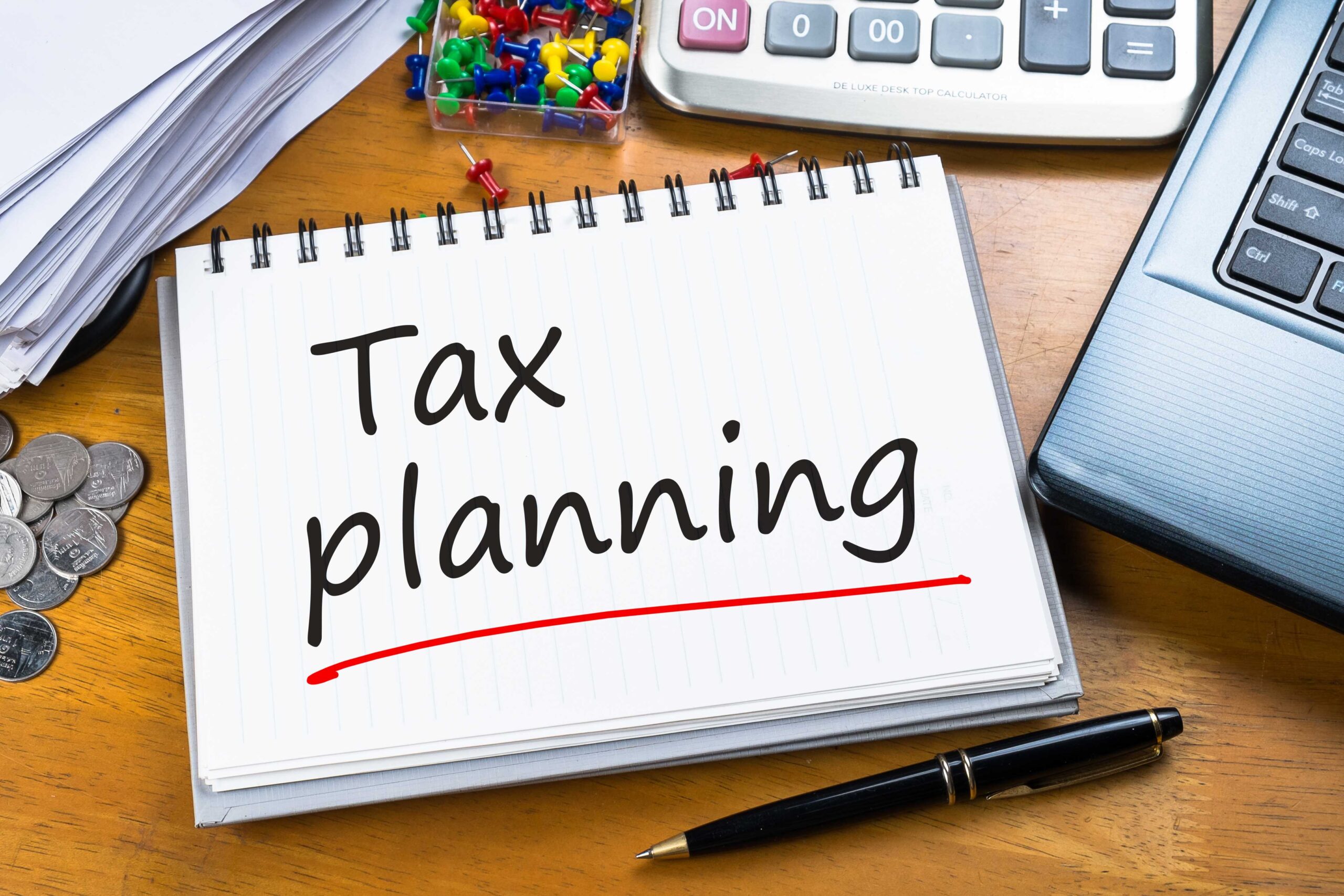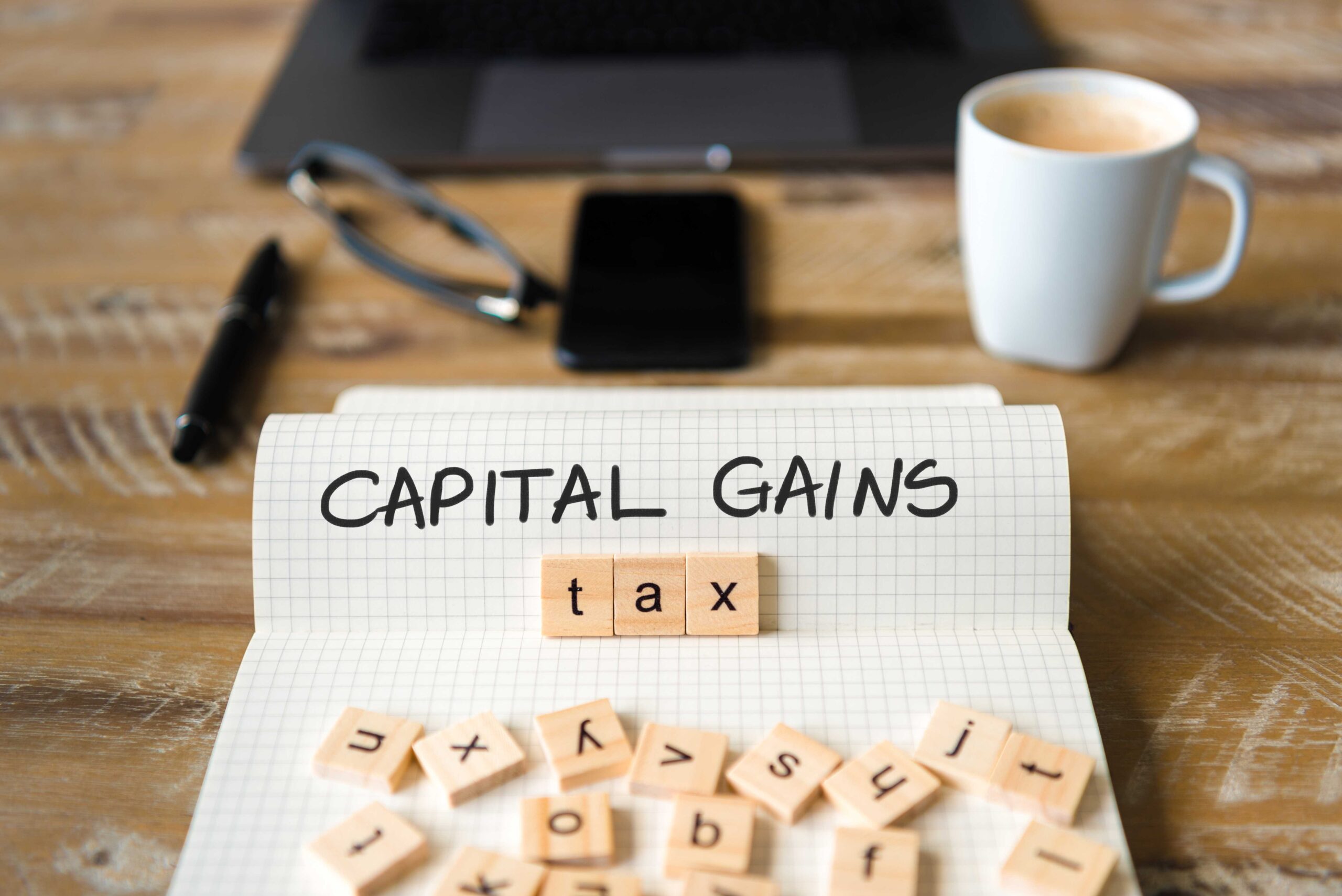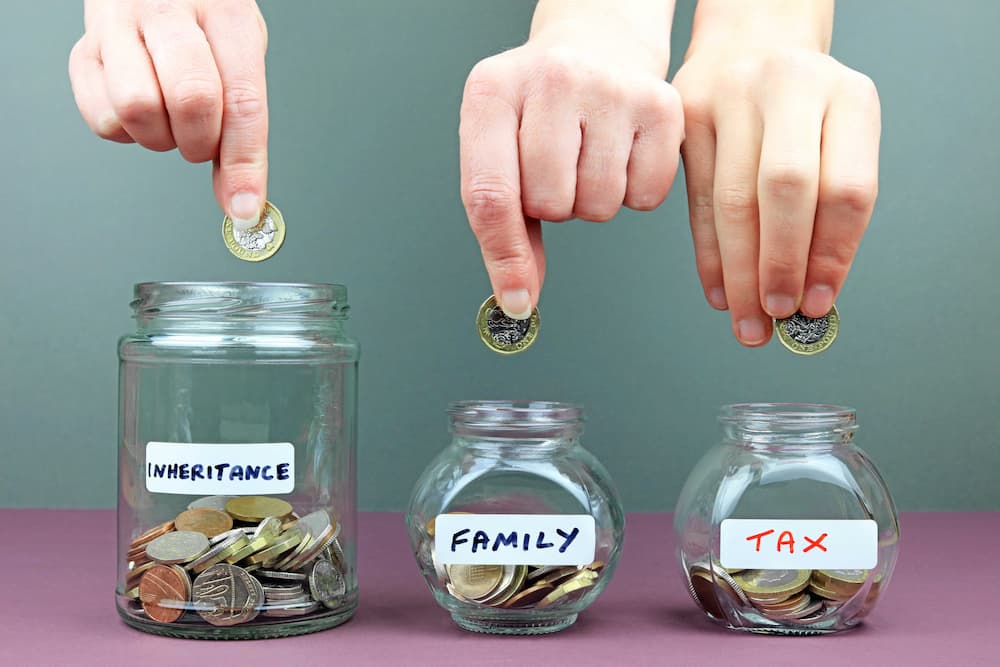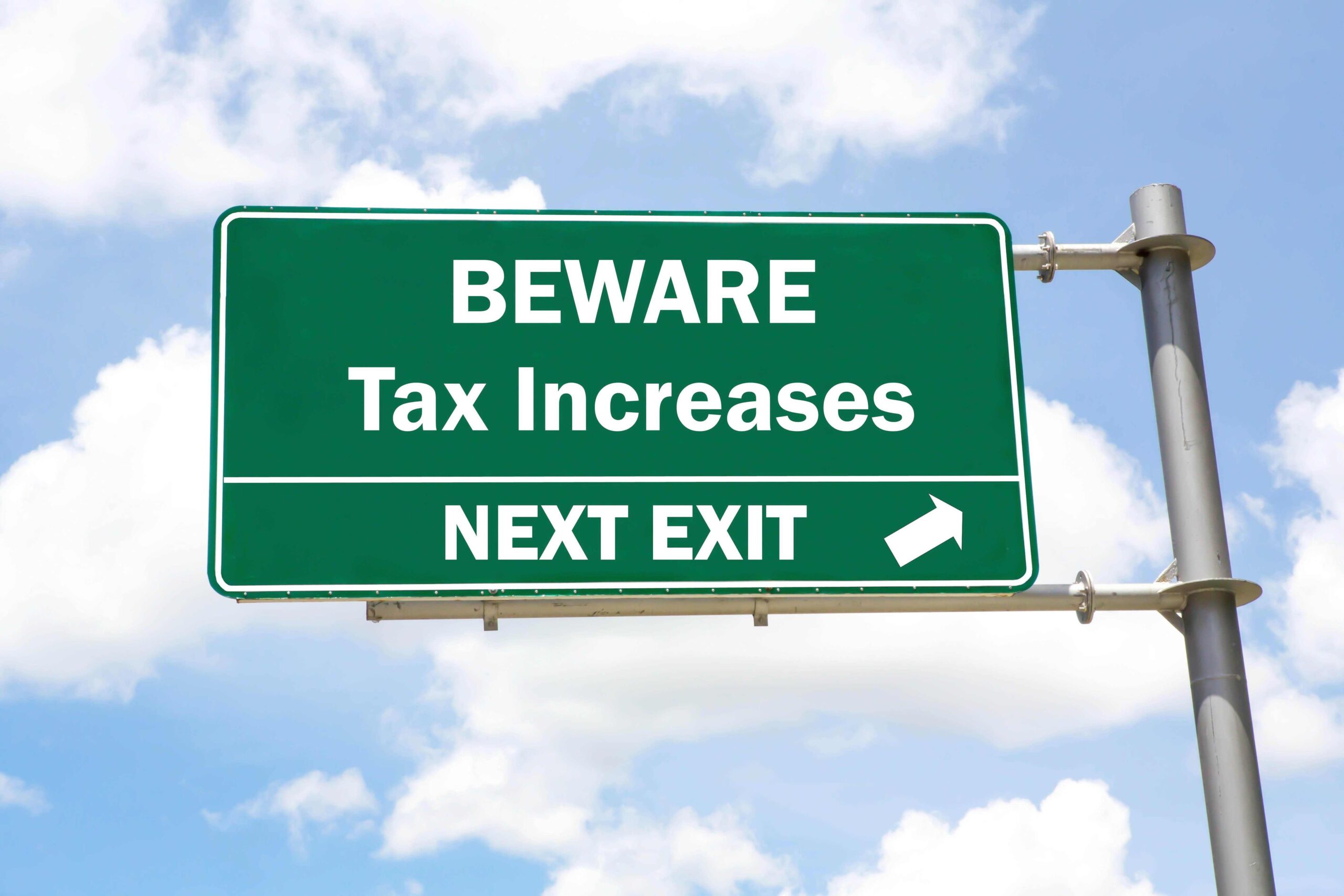
The Widening Fiscal Gap
The fragile state of the UK’s public finances has dominated headlines in recent weeks. A combination of increased spending on defence, reversals to public service cuts, and structural pressures on welfare and healthcare budgets has caused a growing mismatch between government income and expenditure. This “fiscal gap” will need to be addressed to avoid undermining the credibility of long-term economic policy. Failing to act could weaken the pound, raise borrowing costs, and signal a lack of fiscal discipline to markets.
Likely Tax Changes in the Autumn Budget
Given the government’s commitments not to raise the three headline taxes—Income Tax, VAT, and employee National Insurance—other areas of taxation are now firmly in the spotlight. We feel that the following three tax changes are likely, which will directly affect financial planning decisions.
1. Further Freezes on Tax Bands
The government previously announced a freeze on the personal allowance and the higher-rate tax threshold until 2028. Extending this freeze even further, potentially until the end of the parliamentary term, would allow the Treasury to increase revenues without technically raising taxes. As wages rise with inflation, more people are pulled into higher tax brackets, a phenomenon often referred to as “fiscal drag.”
2. Changes to Cash Individual Savings Account (ISA) Allowances
There has been speculation that the government could reduce the maximum amount that can be saved into a cash ISA each year. Currently, individuals can save up to £20,000 per year across cash and stocks & shares ISAs. Policymakers are considering reducing the cash component while keeping the overall ISA limit unchanged. This could nudge savers towards investments or mean that future cash savings are held outside of an ISA wrapper, where interest may be taxable.
3. Reform of Salary Sacrifice Schemes
Salary sacrifice arrangements allow employees to exchange part of their salary for employer pension contributions, reducing both Income Tax and National Insurance liabilities. These schemes have grown in popularity, particularly among higher earners. A government review is currently examining whether to limit the amount of salary that can be sacrificed or to reform the rules more broadly. Restrictions could reduce the effectiveness of this key tax-planning tool.
Speculative but Possible Changes
While the measures above are more likely, other potential changes have also been discussed, though with less certainty.
Pension Tax Relief Reforms
The current system provides tax relief on personal pension contributions at an individual’s marginal tax rate. Though expensive for the government—costing over £50 billion annually—this system is integral to encouraging long-term retirement saving. Reforming it could mean introducing a flat rate of relief or capping the amount that can be claimed; however, implementation could be complex and might run counter to the goal of incentivising saving.
Wealth Tax Proposals
Talk of a wealth tax has grown louder, especially as the government seeks ways to raise revenue without affecting working people. A wealth tax could target assets over a certain threshold, but it would be difficult to administer. Collecting a wealth tax on illiquid assets such as property would create significant challenges, and public support for such a tax remains divided. While still speculative, it is an option that cannot be ruled out entirely.
How to plan around tax changes
Dealing with changes in tax legislation is an unavoidable hazard when it comes to financial planning. In recent years, we have seen numerous changes to pension legislation, affecting the amount that can be contributed each year, and how untouched pensions are dealt with on death. Inheritance Tax laws have also been tweaked, with the introduction of the Residence Nil-Rate band, and forthcoming changes to Business and Agricultural Relief. Tax efficient savings vehicles have evolved several times since the introduction of the Personal Equity Plan (PEP) and Tax Efficient Special Savings Account (TESSA) in the early 1990s.
Financial legislation is subject to frequent change, and reacting to speculation rather than confirmed policy can be risky. History has shown the dangers of pre-emptive action. For example, during a wave of speculation last year that pension tax free cash would be capped, many individuals rushed to crystallise their pensions. When the Budget was released and no such changes were made, they were left with irreversible decisions that could have carried unforeseen tax implications.
Rather than acting on rumour, it is advisable to ensure that your financial plans remain flexible so that they can adapt to change without incurring heavy costs or unwelcome tax penalties.
Focus on Tax Efficiency
In an environment where direct tax rises are politically constrained, stealth taxation through frozen allowances and capped reliefs are likely to play a greater role. This makes tax efficiency more important than ever.
A well-constructed financial plan considers not just returns, but also how much of those returns you keep after tax. Whether through ISAs, pensions, business ownership, or estate planning, there are still many legitimate ways to improve your position. Ensuring you are taking advantage of all available tax wrappers, allowances, and reliefs is essential.
Our advisers can help you navigate complex and changing tax environments. We can take a comprehensive look at your financial position—including pensions, investments, income, and inheritance planning—and identify opportunities to improve your overall tax-efficiency.
The upcoming Budget is likely to include tough choices, even if they are not considered as “tax increases” in the traditional sense. Although it may be tempting to act now in anticipation of changes, the most prudent course is to prepare your finances to be flexible, rather than reactive. Tax-efficiency should be viewed as a permanent part of any sound financial plan, and actions taken should be reviewed regularly so that they remain appropriate in light of changes to the tax rules.
Speak to one of our team to review your current strategy and ensure that it is ready for what lies ahead.


